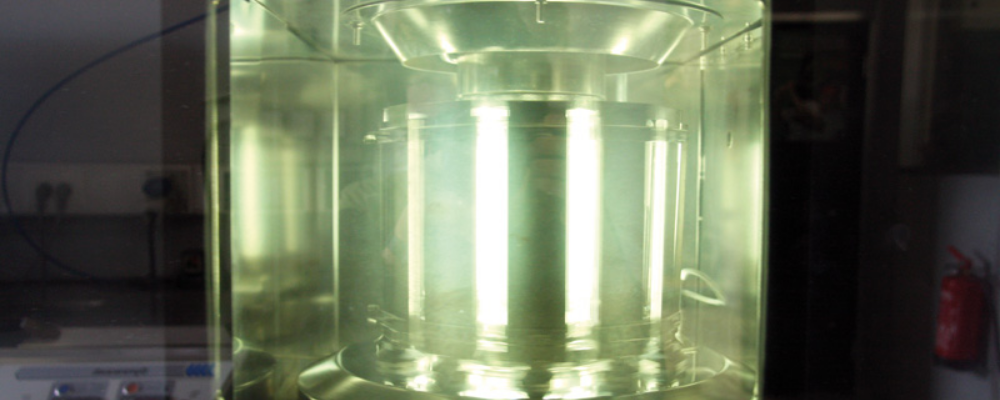


The most widely used tanning agent is chromium sulphate(III) or trivalent chromium. The chromium(III) found in leather is a chemical form that poses no risk to consumer health. Under certain conditions, a fraction of chromium(III) present in leather may oxidize to chromium(VI) or hexavalent chromium. Chromium(VI) is an allergen, which can cause skin rashes. For this reason, since 1 May 2015, the European Union has implemented a restriction on the chromium(VI) in leather that comes into contact with the skin: the limit is 3 mg/kg of leather. The analysis is carried out in accordance with the EN ISO 17075-1 standard (colorimetric method) or the EN ISO 17075-2 standard (method using ion chromatography).
Compliance with this regulatory restriction means facing a difficulty: chromium(VI) may change over time. It is for this reason that some clients use artificial pre-ageing protocols, the aim of which is to check that the leather’s conformity endures. There are two types of pre-ageing protocol: thermal pre-ageing and light pre-ageing.
CONTACT US FOR YOUR
PRE AGEING LEATHER TESTS
A standard on the thermal pre-ageing of leather was published on 18 May 2018 (ISO 10195: 2018. Leather - Chemical determination of chromium(VI) content in leather -- Thermal pre-ageing of leather and determination of hexavalent chromium). This standard proposes two types of thermal pre-ageing:
There is no draft standard on light pre-ageing. However, some clients use this type of pre-ageing to evaluate the tendency of leather to produce chromium(VI) over time if it is exposed to light.
In order to carry out this pre-ageing test, the protocol that is frequently used involves exposing the leather surface to light for 24 hours using special equipment (Xenotest).
There is no regulatory limit after the thermal or light pre-ageing of leather. The results obtained after thermal or light pre-ageing correspond to an indication of the tendency of leather to produce chromium(VI).
It is not possible:
There is no possible correlation between the two types of artificial pre-ageing. However, covered leather is less sensitive to light pre-ageing than uncovered leather (aniline leather, hide, etc.). Thermal pre-ageing is not sensitive to the type of finish.